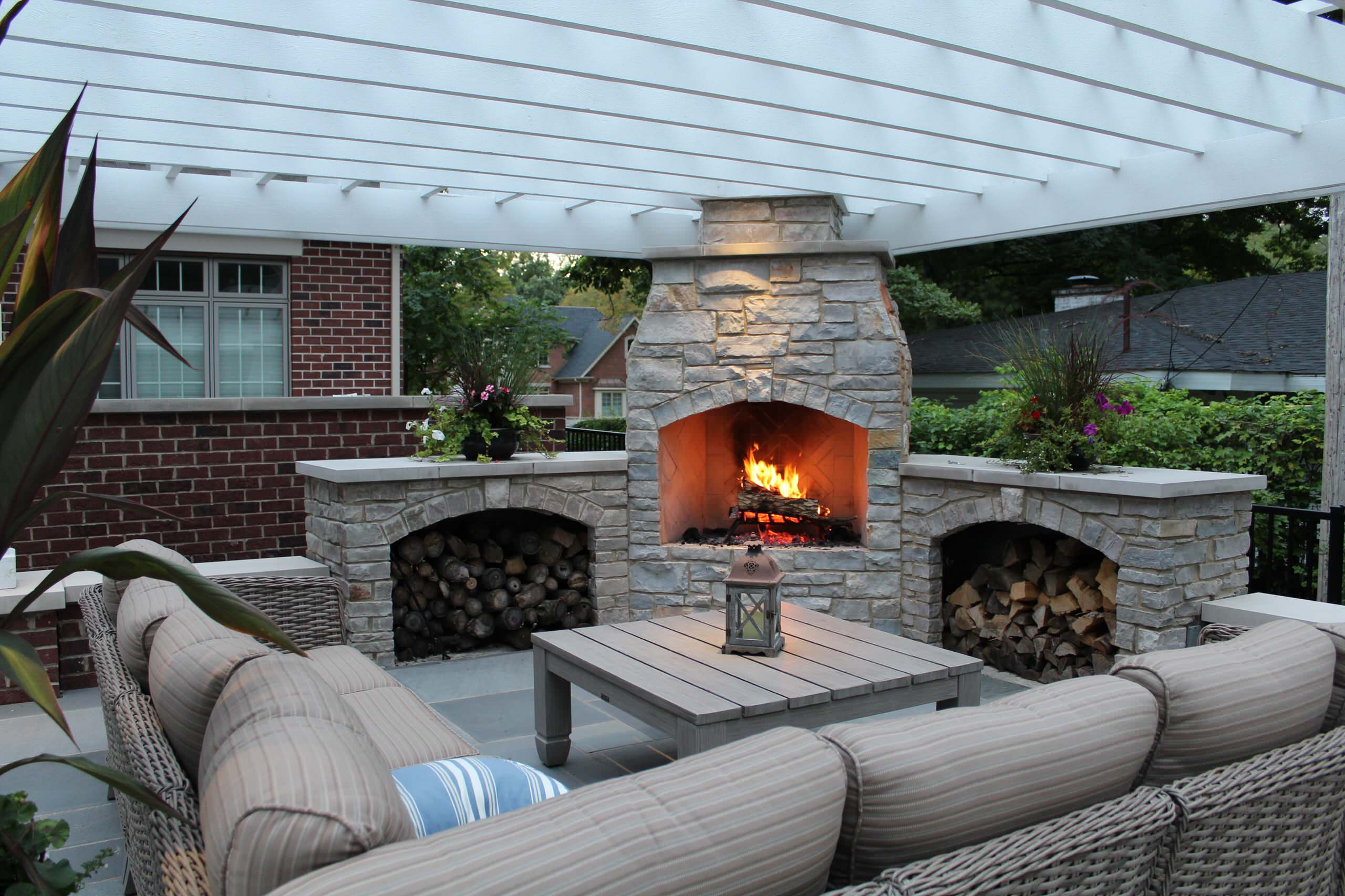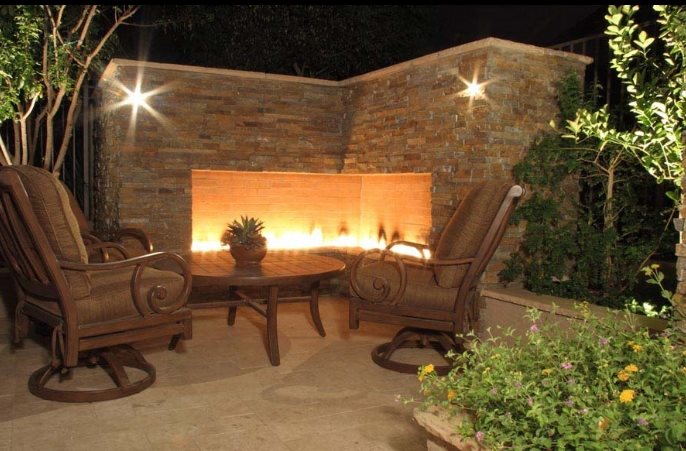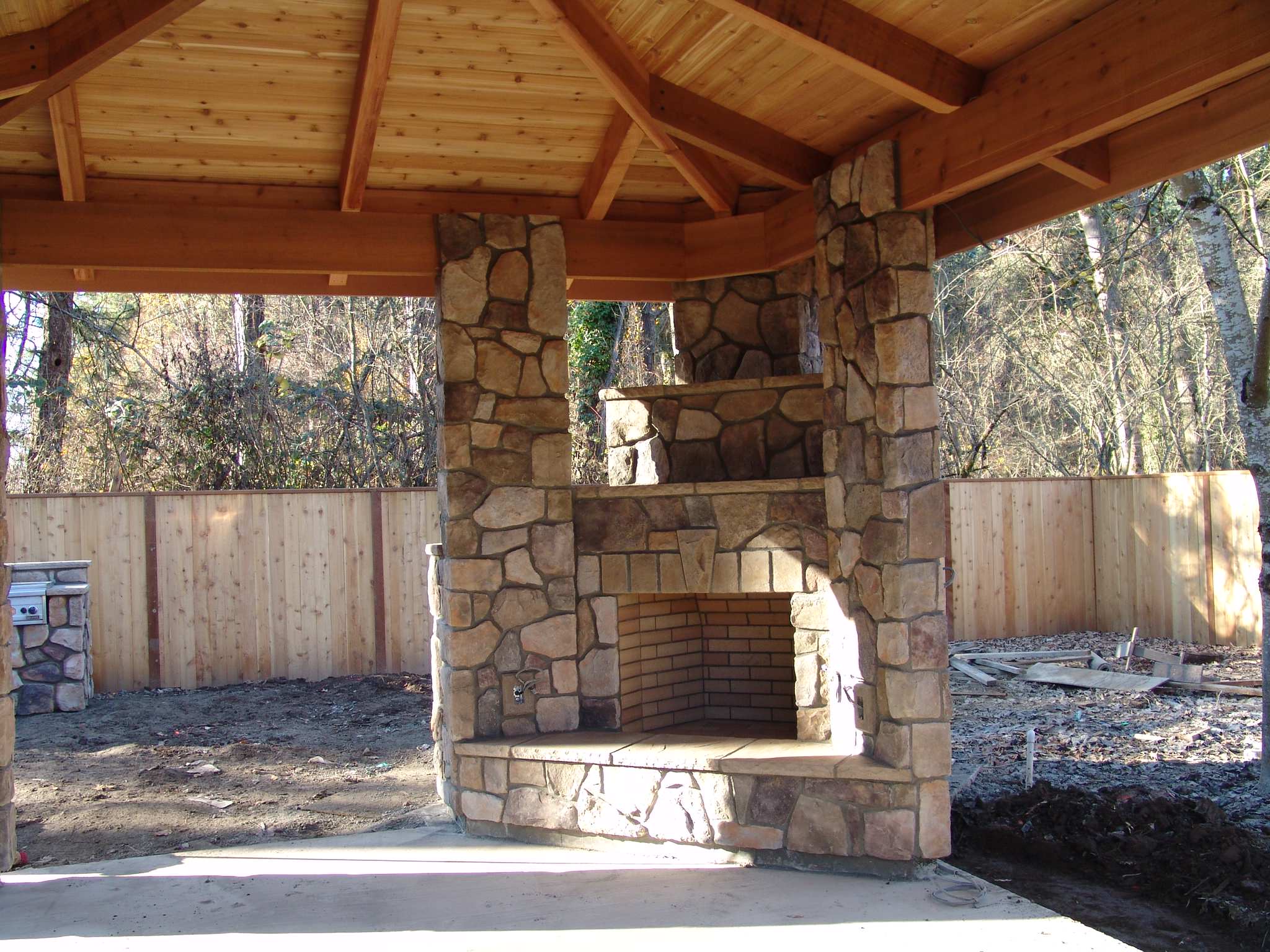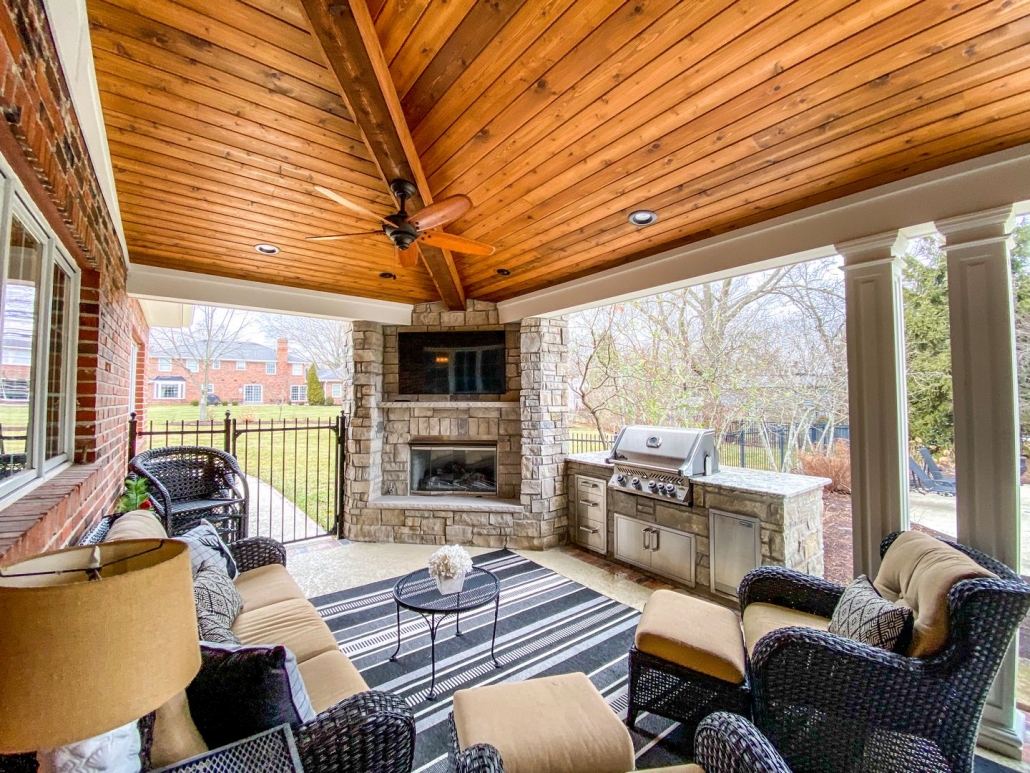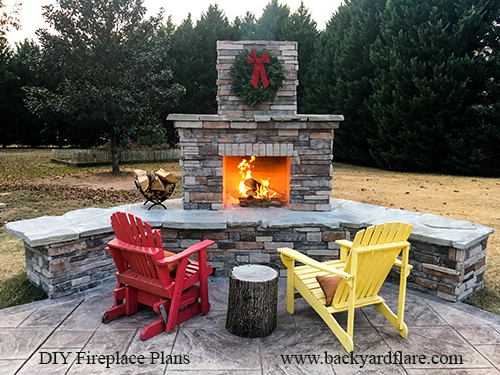Outside Corner Fireplace
An outside corner fireplace isn’t your average setup. It’s a unique way to bring warmth and character to a room, especially when space is tight or when you want to try something a little different from the standard flat wall installation. Whether it’s part of a remodel or something you’re building into a new design, this type of fireplace has a lot of potential to completely shift how a space looks and functions. It’s all about using that underused corner space in a smarter, more visually interesting way.
What Is an Outside Corner Fireplace?
- The Basics of the Design
An outside corner fireplace is typically placed on the outer edge where two walls meet, but unlike an inside corner fireplace that tucks into the corner of a room, this one wraps around an outward-facing corner. That could be at the junction of two exterior walls or inside a large open-concept area. Instead of being flat on one wall, it’s visible from two angles, which opens up a lot of design options. - How It Differs from Traditional Layouts
Traditional fireplaces are often flat-mounted or recessed into a center wall, which limits how the furniture is placed around it. With an outside corner design, you get a dual-sided display that can be appreciated from more than one direction. This feature can tie two areas together visually, especially in open floor plans. It gives the fireplace more presence without taking up too much wall space. - Great for Dividing Open Spaces
If your home has an open layout where the living, dining, and kitchen areas all blend together, an outside corner fireplace can be a useful anchor point. It gives each space its own feeling while still keeping everything connected. Think of it as a soft divider that’s warm and functional, not a harsh wall that blocks flow. - Good for Multi-Angle Viewing
One of the perks of an outside corner fireplace is that you can see the fire from more places. Whether you’re in the dining room having dinner or curled up on the sofa, you still get that cozy glow. Some units are even double-sided, with glass panels on both walls, so the fire becomes a true centerpiece from either direction. - Adds Instant Character
Even in a basic rectangular room, putting a fireplace in an outside corner instantly adds some architectural interest. It breaks up the usual symmetry and makes the space feel a little more custom. Whether you go with stone, brick, tile, or a sleek metal finish, the placement alone gives it a sense of style that feels thoughtful and intentional.

Benefits of Choosing an Outside Corner Fireplace
Makes Use of Unused Wall Space
Corners—especially outside corners—often go unused or end up holding a plant, lamp, or small shelf. Installing a fireplace there turns what’s normally wasted square footage into something useful and visually striking. It helps maximize every inch of your layout without crowding your main walls.
Frees Up Central Wall Areas
If you’ve ever struggled to fit a TV, artwork, or bookcase because the fireplace takes up the center of your wall, you’ll appreciate what this layout offers. With the fire placed off to the corner, your bigger, flat walls stay free for other features. That can help you set up your furniture more easily and avoid crowding everything around a single focal point.
Works with Different Room Sizes
Outside corner fireplaces aren’t just for large homes or luxury spaces. They actually work great in smaller rooms too because they don’t demand a lot of square footage. If anything, they can help small rooms feel bigger by pushing the visual weight of the fireplace into an area that usually isn’t used much anyway.
Enhances Indoor-Outdoor Flow
If the corner in question happens to sit near sliding doors or windows that lead to a patio, it can feel like the fire stretches the cozy vibe outside. You can mirror the inside fireplace with an exterior fire pit or extend the stonework to an outdoor wall to make everything feel connected. It gives a nice flow without having to change your floor plan too much.
Allows for Creative Materials
The way an outside corner wraps two walls opens up interesting chances to play with finishes. You can have stone on one wall and shiplap on the other, or continue brick all the way around for a more unified look. It’s also a good spot to experiment with floating shelves or corner mantels that blend in or stand out.
Popular Styles for Outside Corner Fireplaces
Modern and Minimalist
For homes with a cleaner aesthetic, a minimalist corner fireplace made with smooth plaster, concrete, or matte tile fits right in. These often skip the traditional mantel and let the structure speak for itself. Some designs use narrow gas inserts with horizontal flames for a sleek, almost futuristic feel.
Rustic and Cozy
If you’re into the warm cabin look, stone or reclaimed wood cladding can bring in all the cozy vibes. Pair it with a chunky wood mantel and some vintage-style sconces, and you’ve got a perfect spot to sip hot chocolate or unwind with a book. Even in a modern house, rustic finishes on a corner fireplace add a nice balance.
Industrial Chic
Exposed brick, metal frames, and dark matte finishes can turn an outside corner fireplace into a focal point that’s a little edgier. These work well in lofts or open-plan homes with high ceilings. Add a concrete hearth or steel beam across the top, and it instantly feels intentional and bold.
Coastal and Light
If you’re by the beach or just love a light, breezy feel, go with whitewashed brick or painted shiplap. These materials help keep things feeling bright and clean, even when the fire is going. Paired with pale wood floors or light neutral furniture, this style feels easy and relaxing.
Classic with a Twist
You don’t have to go trendy to make an outside corner fireplace work. Traditional details like crown molding, detailed mantels, or stacked stone can still look timeless in a corner layout. The key is in how you blend those elements across two walls without making it feel too busy.
Installation and Practical Considerations
Consider Venting Requirements
One of the trickier parts of adding a fireplace in any spot—especially a corner—is making sure the venting works. Depending on whether you go with gas, electric, or wood-burning, you’ll need different systems. For gas or wood, make sure your chosen corner allows room for the necessary flue or chimney setup.
Electric Options Are Easier to Install
If you’re not looking to do major construction, an electric fireplace might be your best bet. These plug into a standard outlet and don’t require venting, which makes them ideal for retrofitting into an existing room. Many models also come with a realistic flame effect and adjustable heat settings.
Make Sure There’s Enough Clearance
Fireplaces—especially gas and wood ones—require a certain amount of space around them for safety. Before you plan the layout, double-check the manufacturer’s recommendations for clearances. You’ll want to make sure furniture, curtains, or shelving aren’t too close.
Plan the Room Layout Around It
Because this style of fireplace affects two walls, it can change how your furniture is placed. You might need to float your seating arrangement more toward the center of the room or angle chairs to get a better view. It takes a bit of planning, but the payoff is a cozier, more unified space.
Think About TV Placement
If you’re used to mounting the TV above the fireplace, you’ll need to rethink things with a corner layout. You could mount the TV on one of the adjacent walls or even use a swivel arm bracket. Some people choose to skip the TV near the fireplace altogether and let the fire be the only centerpiece.
Decorating Around an Outside Corner Fireplace
Add Matching Built-Ins or Shelving
Built-ins on either side of the fireplace can help balance out the asymmetry that comes with a corner setup. Even small floating shelves for decor or books can make the area feel finished and intentional without overpowering the fireplace itself.
Use Area Rugs to Anchor Furniture
Because the fireplace doesn’t center itself on a wall, it helps to use an area rug to visually define your seating area. The rug gives the eye something to land on and helps group your furniture around the fire in a way that feels natural, even if the layout is a little off-angle.
Play With Height and Texture
Decor around a corner fireplace doesn’t have to be symmetrical, but it should have some balance. Try pairing tall vases or plants on one side with framed art or a stack of books on the other. This mix keeps the area interesting without making it feel cluttered.
Use Lighting to Add Warmth
Wall sconces, floor lamps, or even a string of fairy lights can help draw attention to your fireplace, especially in the evenings. Lighting makes the fire feel more like a cozy focal point, even when it’s not turned on. Aim for warm-toned bulbs to match the glow of the flames.
Rotate Decor Seasonally
One of the best things about a fireplace is that it naturally draws people in. You can easily change out decor on the mantel or nearby shelves with each season. Think pumpkins and garlands in fall, candles and greenery in winter, fresh flowers in spring, and woven textures in summer.
Outdoor Fireplace – Mesa, AZ – Photo Gallery – Landscaping Network
Loading Patio fireplace, Backyard fireplace, Patio grill
Outdoor Fireplaces u2014 All 4 Seasons Professional Chimney Services
Kokomo Sante Fe Corner Outdoor Gas Fireplace
Corner Outdoor Fireplace
Designs, Accents and Features of Outdoor Spaces – Heartlands
Galleries
Related Posts:

